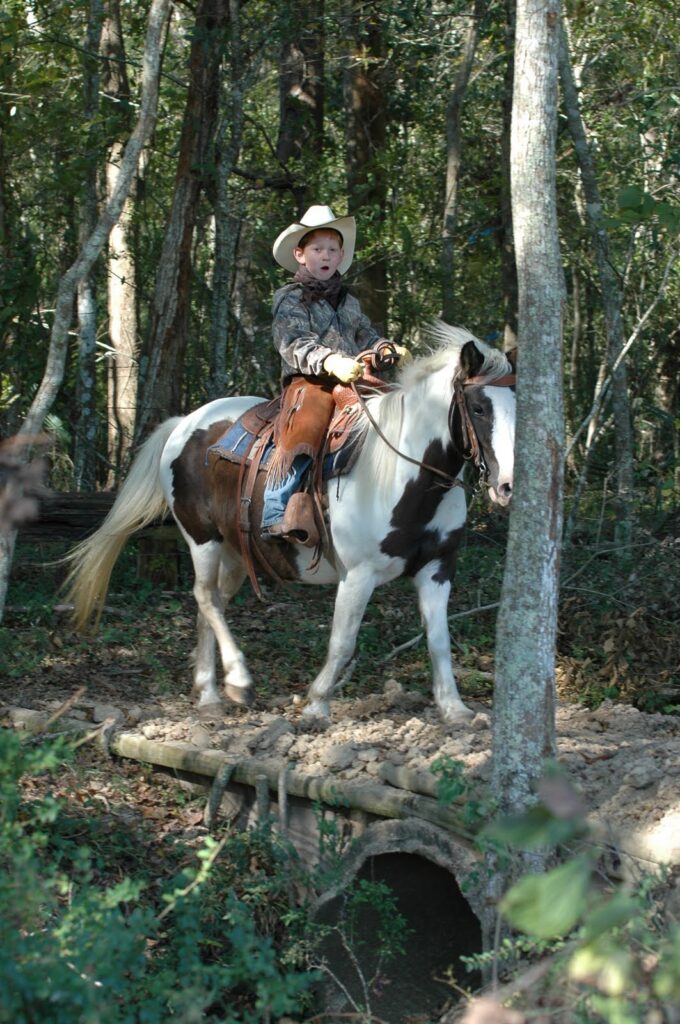Clinics are our favorite thing to do. Daniel loves getting to work with people and their horses in real time. He’s not the type to spend the day showing off. Clinics are about furthering your understanding and what we can get you and your horse to do, not what Daniel can do. Clinics usually run from 9-5, but we are open to changing it up, like offering a young kids’ clinic 8-10, and then Intermediate clinic from 10:30-6:30. We’re there to work. We’re not particular about what we’re doing.
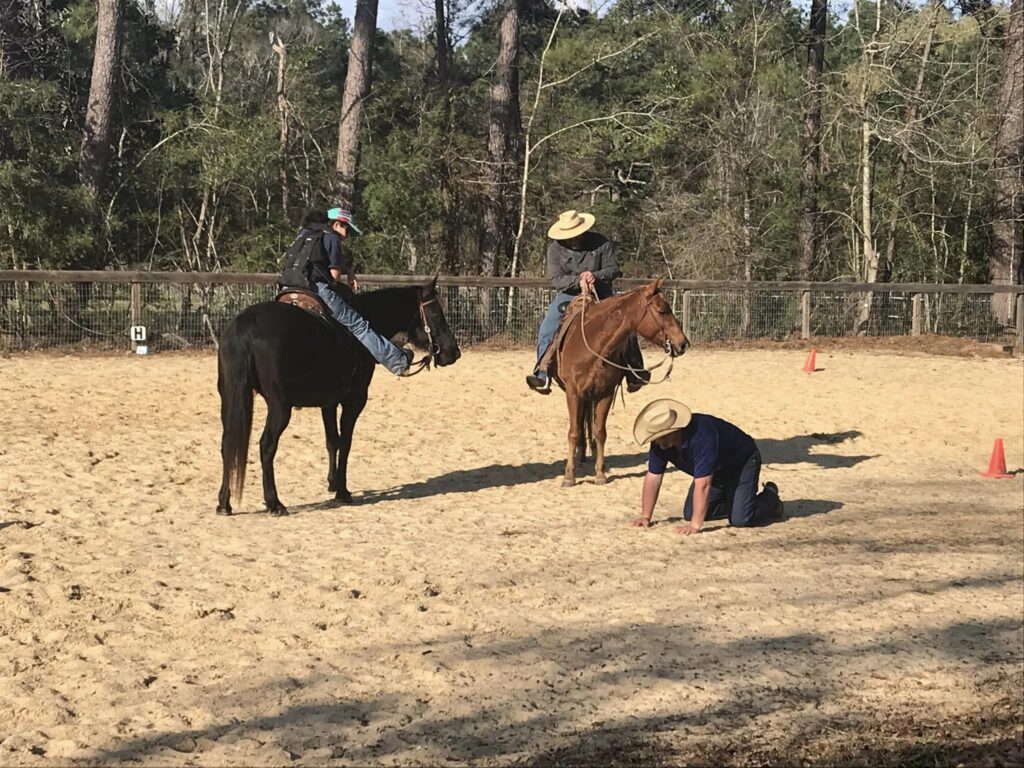
We offer a variety of clinic formats, which are described below, and are very flexible in our approach. Daniel is generally fine with riding your horse for a little bit, if asked, or if something unsafe for you or the group is developing. While it is our goal to push you out of your comfort zone, you can always say “no”.
He will also always provide the group, including auditors, with an after clinic email containing his notes and thoughts from your clinic. This is often 15-20 pages long, and will cover what exercises we worked on, the spirit and purpose of them, what pitfalls and common mistakes to avoid, and how to advance over the coming months. It’s basically our aim that, after our clinic, you leave with a solid reminder of what/why/how and about 6 months worth of homework.
Clinic Format Descriptions
Colt Starting
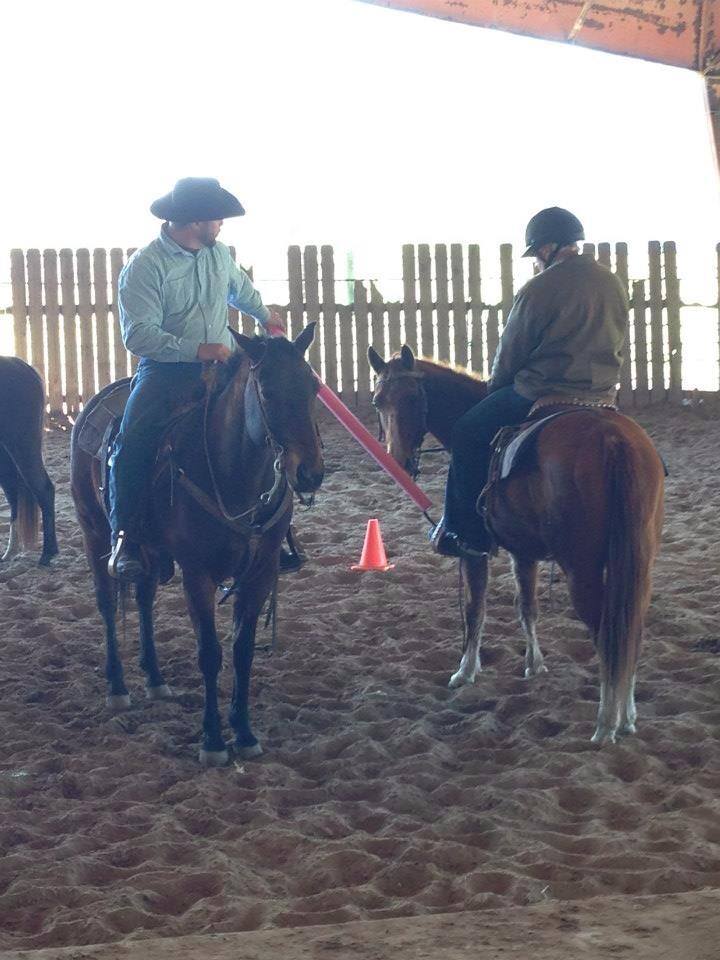
Our colt starting clinics are designed to give the participants and their horses the best understanding on a versatile foundation. While it is meant for starting colts under saddle, restarting is certainly allowed and encouraged in the cases of problem horses. Daniel is primarily known as a colt man, and few people have started more head of horses than he has.
This format is at least a 4 day clinic. We max at 8 participants. At least one 45 ft round pen is required as well as a nearby arena. Daniel also likes to take the group on a trail ride on the last day, so some adjoining pasture or woods is preferred.
Daniel is fine with doing some of the groundwork and even the first ride himself, but participants are expected to “do the work” and get outside of their comfort zones. By the end, the participants will be doing things on their colts that they probably would not be comfortable doing on their older, broke horses.
Horsemanship 1 (Basic)
In truth, every clinic starts with a “Basic Horsemanship” format. Daniel has a simple and quick set of exercises that he uses to gauge how far down the road of horsemanship the group has traveled.
Expect to work on rating from your seat, lateral flexion, stops, backing, turning on the hindquarters, and, time permitting, other fundamental concepts. These are all fundamental concepts for any horse to know. Every rider should be constantly sharpening their skills and awareness of these concepts as well.
While many people have trouble admitting to needing help on the basics, we highly encourage everyone to go through this format at least once. I’d conservatively estimate that this is where 80% of riders are. If you don’t know leads, diagonal, and how to ask specific things of specific body parts, this format is for you. It is rare that we don’t uncover a hole somewhere in your horse or horsemanship that could stand to be fixed. You will leave with quite a bit of homework to keep you busy over the next few months.

Horsemanship 2 (Intermediate)

Now we take those basics to the next level. We focus quite a bit more on lateral flexion and introduce vertical flexion. We also get much deeper into control of the shoulder and begin to gain control of the hindquarter. We will begin teaching balance and beginning collection, inside vs outside leg pivot turns, and work on departures, furthering rate control with our seat, beginning to really feel and control the individual feet of the horse, and stopping.
These clinics will definitely be a lot of riding and work for the participants. A basic understanding of horsemanship is needed for the participant to fully utilize what we will cover. Even if you have been riding for a long time, you may not actually be ready yet for what will be asked of you in this format. Probably 80% of riders aren’t at this level, and that’s ok. You will leave this clinic with several months worth of homework. This format is recommended to be at least 2 full days, and 3 days are preferred.
Horsemanship 3 (Advanced)
For those who have been working diligently on their horsemanship for years, or decades, and are stuck on a plateau, we offer the pinnacle. This format is only for the truly advanced rider. You should have a working knowledge of the terms and a good feel for the horse. Your horse should be in good physical condition and strengthened. Leads and lead changes will be discussed and worked on at length. This course involves a lot of lateral work, as well as mastering control of the hindquarters, and working on collection and self-carriage.
Honestly, we most commonly do these as continuing education for instructors. We will work on really polishing up your communication through your hands, legs, and seat. We will work on your timing until you never want to hear me say “there!” again.
This clinic is very demanding and should not be looked at as a vacation. Your brain will be tired. Your butt will be sore, but you will succeed and have things to go home and work on for months! This format should be at least a 2 day clinic and 3-4 days are preferred for best results.

Cow Working
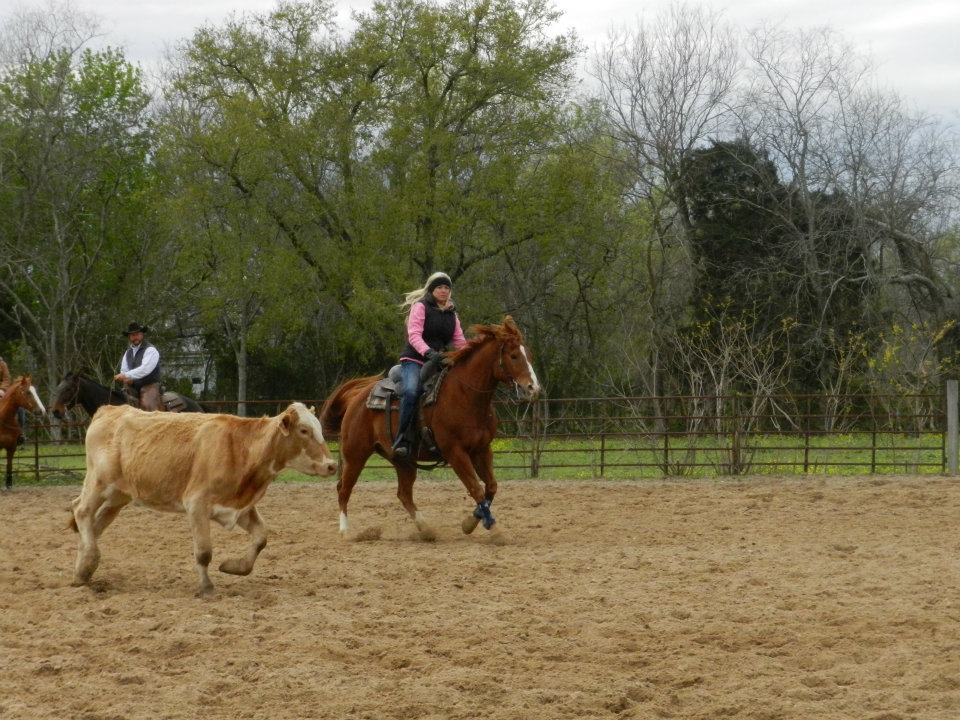
One of Daniel’s favorite formats, this clinic does require the use of 15-20 head of yearling cattle and an arena with good footing. Daniel will demonstrate and discuss the basics of working cattle, no matter the discipline. He will put you and your horse through multiple exercises designed to make you a cohesive team with lots of “right now”.
This is a great one for riders who might have had a bad experience or have a soured horse. There’s something about horse and rider focusing together on the cow that really get them out of a bad headspace. This is also going to be extremely fun and give your horse a purpose. For that reason, this is also a great cross-training event for horses of any discipline.
This clinic will definitely help any horse to become “broker” and is probably the most fun format we can think of. Because of the cattle cost, this is also the most expensive format. It is recommended for at least 2 days. Whether you want to rope, cut, pen, sort, or box and turn on the fence, Daniel really can help you on that journey.
Obstacle Clinics
Obstacle clinics can be for riders and horses of any level. Daniel has been a judge of AHCA and AQHA Obstacle Challenges and can offer a perspective of how to approach and dominate obstacles both as a rider and a judge. We will work on you and your horse as a team and take cooperation to the next level.
This clinic is quite fun and you will see results quickly. This format is also quite practical as the skills learned are easily transferable and applicable to many “real world” situations. Horse and rider teams tend to gain focus and confidence.
This is a great clinic for those people who have been doing tons of ground work to avoid riding and need a push to get out of their comfort zone and show their horse that they are the leader in the saddle as well.

Riding Outside of the Arena
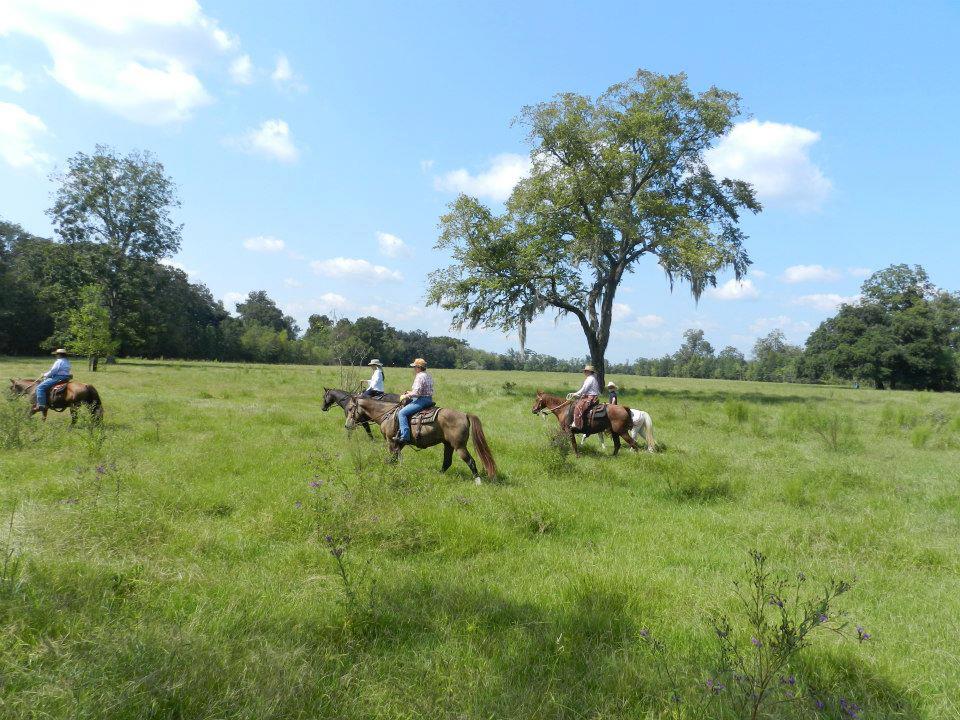
Daniel is a big proponent of getting horses outside of the arena and utilizing the outside world as a training aid. He will show you how to use natural obstacles and occurrences to further your control over your horse and help him to become a more willing partner and user friendly. You will learn to lead, follow, and leave the herd.
He will make things increasingly difficult to get you out of your comfort zone and show you just how easy it is to train your horse on the trail. These clinics can be from one to several days, but obviously require a reasonably safe area to ride. We prefer to have a covered area available in case of inclement weather and we will simply revert to a fun horsemanship clinic style when unable to go outside.
Kid Clinics
Ponies aren’t of the Devil and Daniel enjoys working with kids. As a dad of two red-headed boys, he understands how important it is that they learn to be safe and have fun while gaining confidence and self esteem. We do ask that you tell us both your child’s first and middle names when you drop them off, so Daniel will know what to yell at them if things go south.
We are happy to include kids of about any age, but prefer to keep them in groups of under/over 10. Generally, these clinics are about 2 hours/day, especially for the under 10 groups, and are done in addition to other clinics. For kids that are well mannered and 14 and up, we are fine with them riding with adults in our regular formats.
